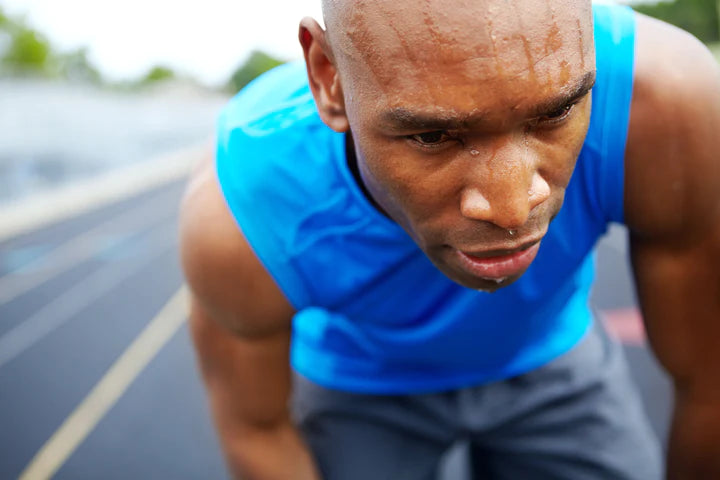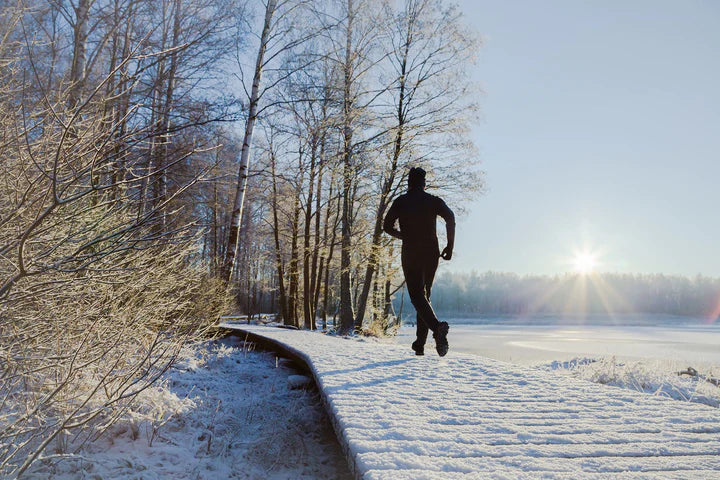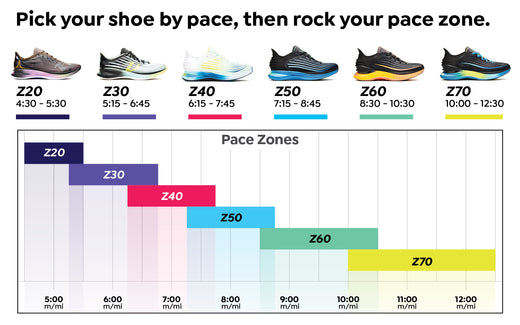Pronation and why it is normal
Pronation is natural
We all pronate when we run or walk. Have you ever wondered why? While it gets a bad name, pronation is actually an essential function of the ankle joint complex that allows the body’s center of mass to be vertically aligned side to side over the foot (center of force), while the leg rotates forward. The emphasis on the rotating leg highlights the point that pronation is a motion, not a stationary state. In basic terms, being vertically aligned side to side (laterally) means staying in balance. So we can say that pronation during walking and running allows us to stay in balance side to side. And as we are all well aware—sometimes too well aware—not falling down is important.
Most discussions of pronation focus on running related injuries and how pronation may contribute to pain and injury. Yes, it’s vitally important to understand how injuries occur, but with regard to pronation we can’t ignore why the ankle joints function as they do. Ankle joints help us keep our balance walking, running, bounding over hurdles, and standing on one leg. And pronation is a design feature, not a bug.

This post connects the descriptions of pronation commonly referred to when discussing running shoes and running related injuries with the essential function of staying in balance side to side. To begin with, and to establish some common terminology so that we don’t get confused with jargon, we’ll review some technical details.
What is pronation?
Pronation is defined as a motion in three orthogonal planes called the Cardinal planes (image below). Pronation is the motion of the foot and lower leg where the lower leg rotates towards the foot in the Sagittal plane, called dorsiflexion; the top of the foot rotates toward the centerline in the Coronal (also called Frontal) plane, called eversion; and the foot rotates the toes away from the centerline, called abduction.

These three rotations occur simultaneously and are collectively called pronation. All of the joints in the foot and ankle play roles in pronation, but we tend to focus more on the ankle joints, because the range of motion (ROM) of the ankle joints is limited and the forces applied at those joints are highest.
Why do we need pronation?
The reason we need pronation in order to stay in balance is because staying in balance means bringing the swing leg from under the hip joint towards the centerline when we take a step. We need to get the foot under our center of gravity so that our torso doesn’t sway side to side so much when we transfer weight to it. If you don’t bring the foot toward the centerline, you become off balance and your torso sways to the other side.
An exaggerated example of the side to side sway with a step is the robotic motion seen in R2D2 from Star Wars (you can pronate circles around R2D2, but you probably can't do this!). A smooth step without lurching side to side requires moving the leg towards the centerline and pronating at the ankle. When the leg rotates at the hip and the foot moves from directly under the hip joint to under the the center of gravity) the sole of the foot is no longer parallel to the ground. When we step onto the forward foot, the foot is forced flat onto the ground and this rotates the ankle joint (eversion). If there was no eversion at the ankle joint, you would keep your weight on the outside edge of the foot. Ouch. If you try this, you won’t like it.

Everyone pronates!
Pronation is not unique to humans and our plantigrade strides. Quadrupeds with hooves or paws also need to pronate, for the very same reason that humans pronate. With two legs in ground contact on either side of the centerline, however, the amount of eversion at the ankles is relatively less than with bipeds.
There are two important circumstances that also require eversion. First is when the ground is uneven and the hoof, paw, or foot needs to evert in order to get the soles parallel to the ground. Second is when cornering at speed and the body is angled in the direction of the turn (the inside leg exhibits more eversion when cornering that when walking or running straight.) The same geometry applies to bipeds and the differences in the amount of eversion during pronation is similarly pronounced. These common real world situations emphasize that pronation is not only a functional requirement for walking and running straight ahead on a flat surface, but also a requirement on uneven terrain and when changing directions.
A more subtle aspect of pronation is the abduction of the foot (rotating the toes away from the centerline). In general, the human foot is wedge shaped, with the heel narrower than the forefoot. Obviously, there is a lot of variation in foot shapes, but this general description applies. The reason the wedge shape comes into play with walking and running has to do with moving the foot towards the centerline to maintain balance. Since the foot has width, the inside of the foot (called the medial side) is closer to the centerline than the outside (called lateral side).
The function of bringing the foot towards the centerline is to create a center of force on the ground that is vertically underneath the center of gravity. This does NOT mean that the middle of the foot (3rd toe) needs to be under the center of gravity. It means that the main weight baring portion of the foot (first metatarsal and big toe) are under the center of gravity. At the same time, since the lower leg is rotating over the foot (dorsiflexion), the force travels along the foot in the direction of travel. This all means that the first metatarsal and big toe want to be aligned with the direction of travel and that requires a small rotation (abduction) to align the medial edge of the wedge (the foot) with the direction of travel.
Okay, so what about injuries?
Now we can connect this understanding for why we pronate with the discussions about injuries and pain. The multiple joints in the ankle and foot have ranges of motion that are limited by the shapes of the joints as well as connective tissues, such as ligaments. The range of motion for a joint accommodates pronation for the purposes of balance, uneven terrain, and cornering.
However, when the torques (angular forces) on a joint exceed the strength or resilience of the connective tissues controlling the ROM, the tissues may become fatigued and injured. A dramatic example of such an injury is rolling the ankle outwards, resulting in a sprained ankle. This is extreme inversion (opposite of eversion), but the principle of exceeding the ROM is the same. Rolling the ankle inwards (eversion) to such an extent that the ligaments rupture and the ankle is sprained is a rare event, because it is difficult to generate such high torques. Nonetheless, repeated strain on the connective tissues, perhaps caused by regularly running long distances, may result in fatigue and pain.
Some people are born with foot and ankle joints that have a greater natural ROM than others. This may be due to the shapes of the joints, the resilience of the connective tissues, or both. A foot that flattens out in the arch area when weighted is an example of joints with greater ROM than a foot that does not flatten out (high arch). Some believe that a greater ROM leads to a higher incidence of injury and that we can help prevent such injuries by supporting the arch with a special insole. Although this has not been demonstrated scientifically, the practice of recommending supportive insoles is widely adopted.
To summarize the importance of pronation
Understanding why pronation is an essential motion (actually a combination of three rotations), limited by the range of motion of the ankle and foot joints, gives us an intuitive feel for how certain injuries may occur. We may then understand why one of the goals of running shoes and insoles is to help limit the range of motion of the joints to the essential ranges that maintain balance, accommodate uneven surfaces, and allow you to turn corners. So next time you take a step, whether it’s running or walking, remember that pronation is critical for balance and essentially what keeps you from lurching back and forth like R2D2.




